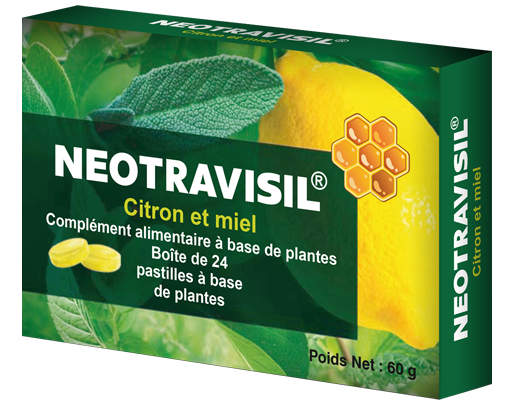
Other names: camphor laurel, camphor tree.
Camphor cinnamon is a powerful, oak-like, evergreen tree up to 20-50 meters high. In grown trees, the crown becomes tent-like, the trunk reaches 5 m in diameter. In its homeland - in China, Japan and on the island of Taiwan, the camphor tree can live up to 1000 years.
From all parts of the camphor tree, by steam distillation, essential camphor oil is obtained, from which about 90% of camphor is released upon cooling.
The crude essential oil is divided into fractions: "brown camphor oil" for technical needs, "white camphor oil" for aromatization and aromatherapy, and natural medical camphor itself.
In Southeast Asia, camphor was prized as a medicine and as an incense for ritual ceremonies. Camphor was widely used in Arabic medicine, from where it came to Europe during the Middle Ages. In the ancient world and in the Middle Ages, camphor was valued almost worth its weight in gold.
The birthplace of the camphor tree - the island of Taiwan - for centuries was famous for the richest forests of the camphor tree. The huge camphor trees were the source of the existence of the inhabitants of the island, who extracted camphor from them. Over time, the entire economic life of the island became subordinated to one goal - the extraction of camphor [1].
In 1895, Taiwan was ceded to Japan and became the world's premier producer of natural camphor. The extraction of camphor was quite barbaric, hundreds of thousands of trees were destroyed every year, and their wood was processed in artisanal furnaces scattered throughout the island. The trade in natural camphor brought huge income to Japan, and until the beginning of the 20th century. all pharmacies in Europe and Asia were supplied with natural camphor from Japan. The demand for camphor increased significantly with the advent of the first plastic material - celluloid, which included camphor [1,2].
The systematic scientific study of camphor oil and camphor began in Japan. It was there that modern factories for the extraction and purification of camphor were built, which made it possible to improve its quality and to isolate other valuable components from camphor oil [1,2].
In 1893, scientists were the first to find out the chemical composition and structure of the camphor molecule; these studies continued for several decades. Camphor is a terpenoid compound that can exist as two isomers.
The first of these, D-camphor, was traditionally obtained from camphor cinnamon essential oil, and until the beginning of the 20th century it served as the main source of camphor for all needs. Another - L-camphor - can be obtained semisynthetically from fir oil.
The third variant of camphor - "synthetic" camphor - is obtained by processing turpentine or its main component. D- and L-camphor are used in medicine; Racemic camphor is an order of magnitude more toxic, since it contains many chemical impurities, and it can only be used for external use.
The use of camphor in medicine
When applied topically, camphor has an irritating and antiseptic effect, is well absorbed through the skin and mucous membranes.
The expectorant effect of camphor is due to the fact that after entering the body, camphor is partially excreted from the body through the bronchial glands, which secrete mucus that covers the inner surface of the respiratory tract. Camphor has an irritating effect on these glands, they begin to work more actively, which leads to thinning of mucus and phlegm and easier expectoration. With an inflamed throat, camphor in the composition of tablets or lozenges for resorption will also exhibit its local antiseptic effect and help the body fight infection and inflammation.
References:
1. V. M. Salo. The use of camphor in medicine. History of camphor. Articles in the online encyclopedia of medicines www.travniky.ru. Accessed 12.09.18
2.S.A. Voytkevich. Essential oils for perfumery and aromatherapy. M. Food industry, 1999
3. Blinova KF et al. Botanical-pharmacognostic dictionary: Ed. K.F. Blinova, G.P. Yakovleva. M .: Higher. shk., 1990.
4. Under. Ed. Petrovsky B.V. Great medical encyclopedia. http: //bme.org. Access 06.12.2018
5. Rudakov G. A. Chemistry and technology of camphor. 2nd ed., M., 1976.






